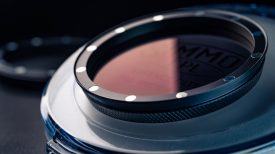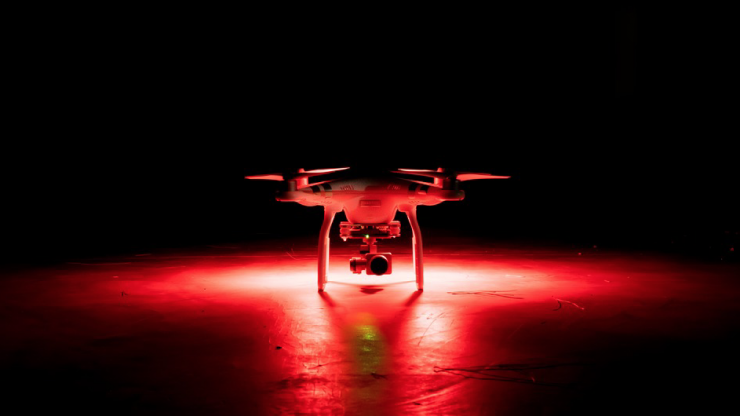
DJI has announced AeroScope, a new solution to identify and monitor airborne drones with already available existing technology. This is a good step forwards in addressing safety, security and privacy concerns that have recently had DJI in the headlines for all the wrong reasons.
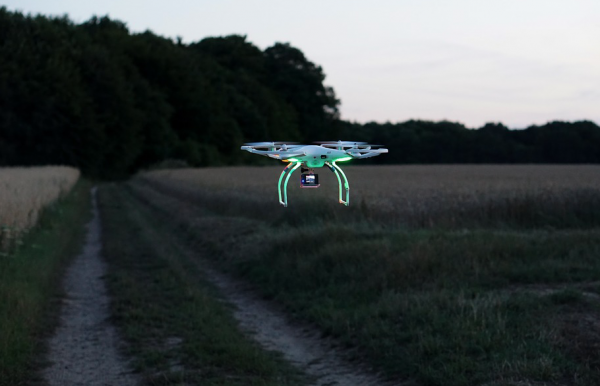
The way AeroScope works is by using the existing communications link between a drone and its remote controller to broadcast identification information such as a registration or serial number, as well as basic telemetry, including location, altitude, speed and direction. Police, security agencies, aviation authorities and other authorized parties can use an AeroScope receiver to monitor, analyze and act on that information. AeroScope has already been installed at two international airports since April, but expect it to be installed at many more once it has been evaluated and tested further.
Accountability
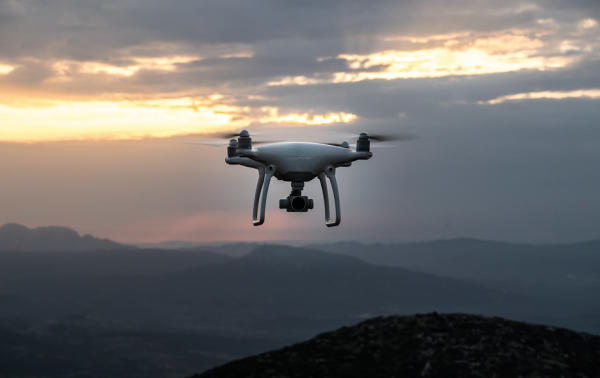
This system goes a long way towards making drones operators, whether they be professional or personal users, responsible for what they are doing. If you are flying a DJI drone you won’t be able to do it without broadcasting the details of your drone. This is much like having a transceiver on a regular plane or helicopter that broadcasts critical information about the planes call sign, altitude and speed. I suspect that some DJI users will find a work around to disable the information from being broadcast from their drones.
AeroScope knows you are there before you have even left the ground
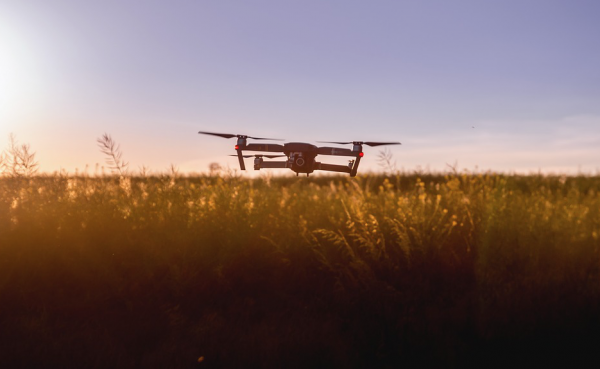
An AeroScope receiver can immediately sense a drone as soon as it powers on, before it has even left the ground. The system will then plot its location on a map while displaying a registration number. That number functions as the equivalent of a drone license plate, and authorities can use it to determine the registered owner of a drone that raises concerns. Of course there needs to be AeroScope receiver being used in the area for any of this information to be monitored.
AeroScope will work with all current models of DJI drones, which analysts estimate comprise over two-thirds of the global civilian drone market. Since AeroScope transmits on a DJI drone’s existing communications link, it does not require new on-board equipment or modifications, or require extra steps or costs to be incurred by drone operators. Other drone manufacturers can easily configure their existing and future drones to transmit identification information in the same way.
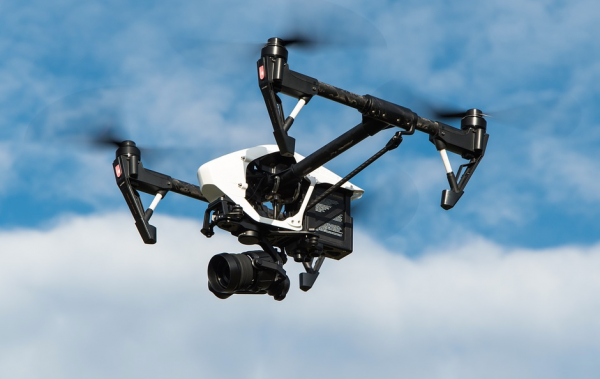
Because AeroScope relies on drones directly broadcasting their information to local receivers, not on transmitting data to an internet-based service, it ensures most drone flights will not be automatically recorded in government databases, protecting the privacy interests of people and businesses that use drones. This approach also avoids substantial costs and complexities that would be involved in creating such databases and connecting drones to network systems.
Striking a reasonable balance
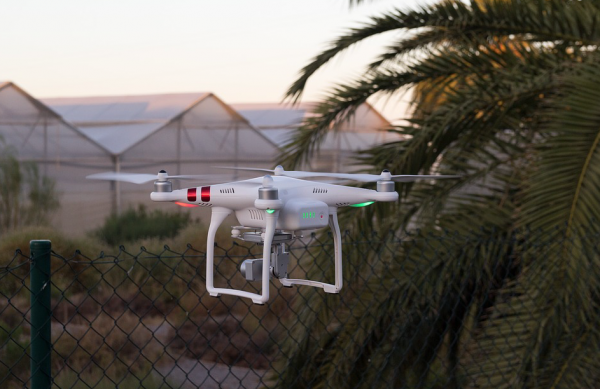
This system aims to strike a reasonable balance between authorities’ need to identify drones that raise concerns and drone pilots’ right to fly without pervasive surveillance. You will never make everyone happy, but AeroScope looks to be a good solution.
How will AeroScope be activated on your drone?
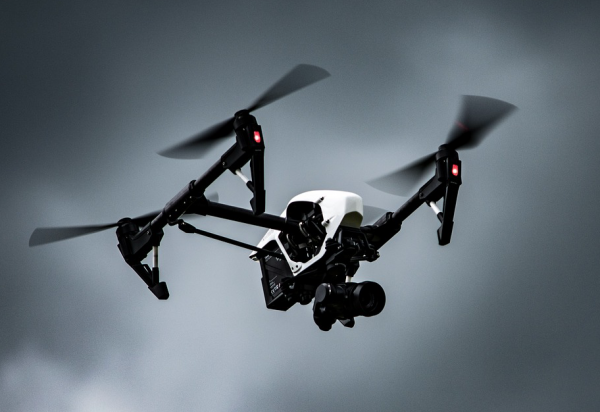
Drone identification settings will be included in a software update. According to DJI, to protect customers’ privacy, the AeroScope system will not automatically transmit any personally identifiable information until regulations or policies in the pilot’s jurisdiction require it. This basically means that your drone won’t start broadcasting any information unless the area you are flying in has introduced regulations that require it.
AeroScope looks to be a step in the right direction for making drone owners/operators more accountable for their actions. The system still has to be adopted by local authorities, airports etc. which is certainly going to take some time. In some ways a system like this should of been implemented many years ago when drones were already very popular. It may well of gone some way towards weeding out rouge operators who have undoubtably made it harder for those of us who fly drones responsibly.
What do you think about having your drone broadcasting information about where it is and who is using it? Let us know in the comments section below.



